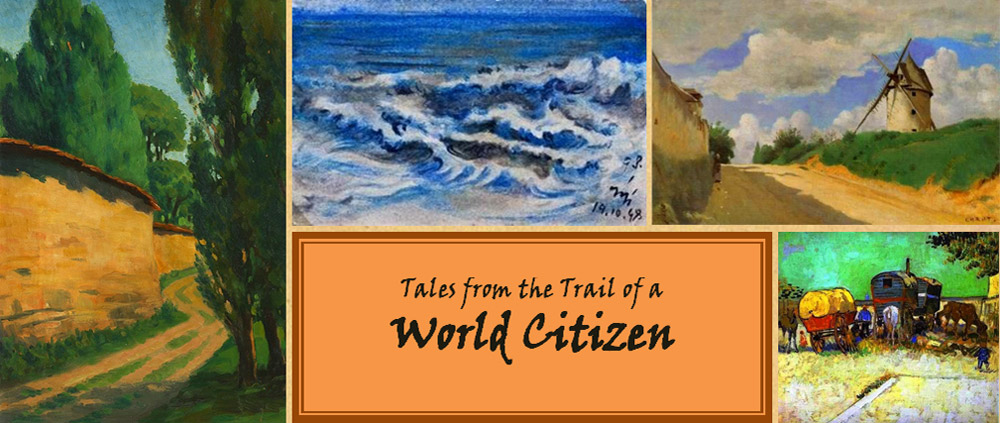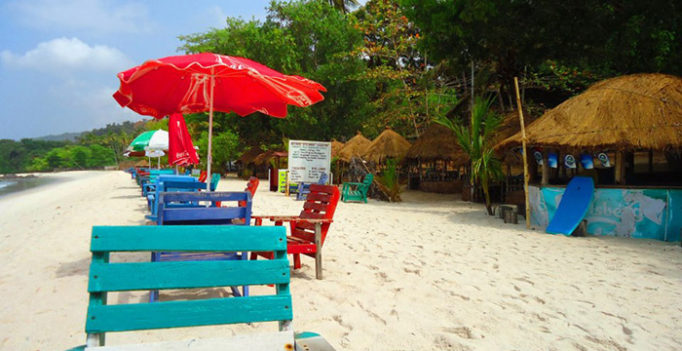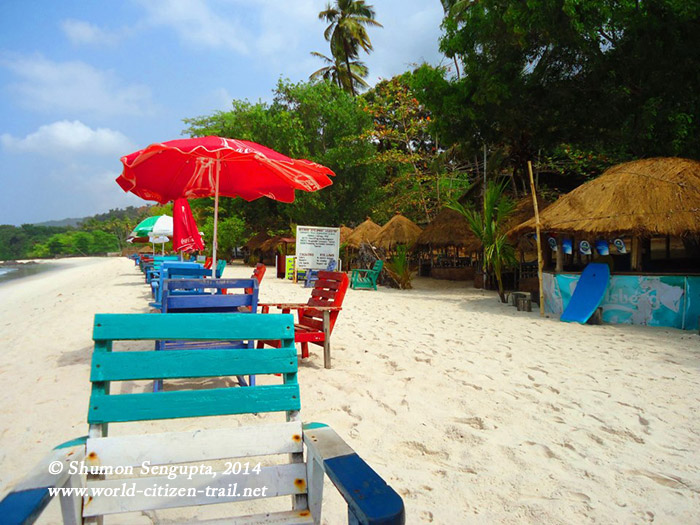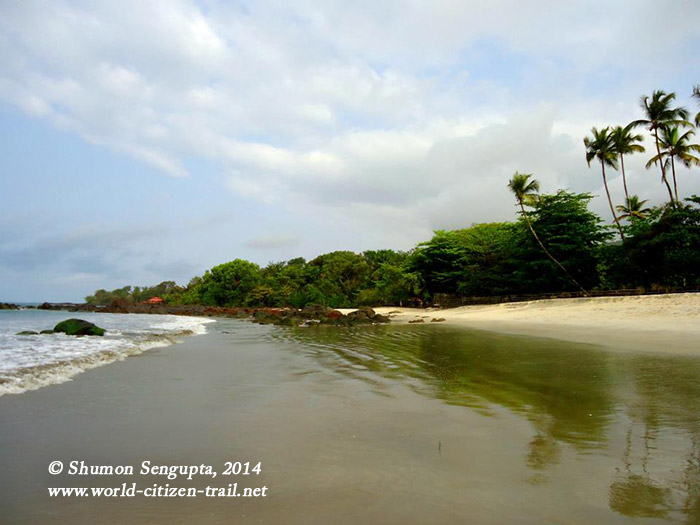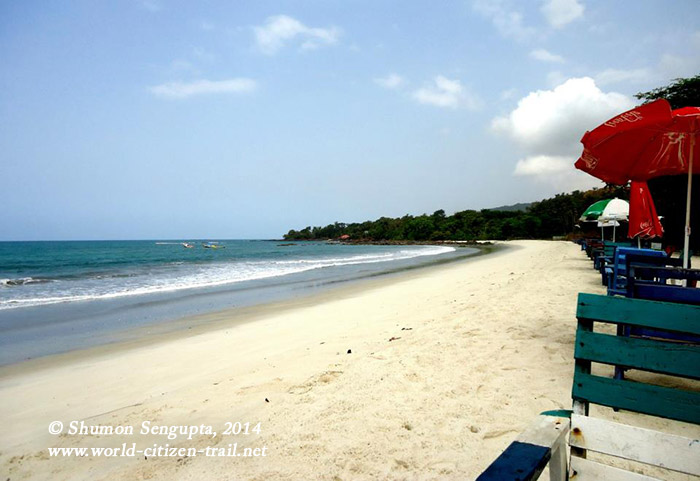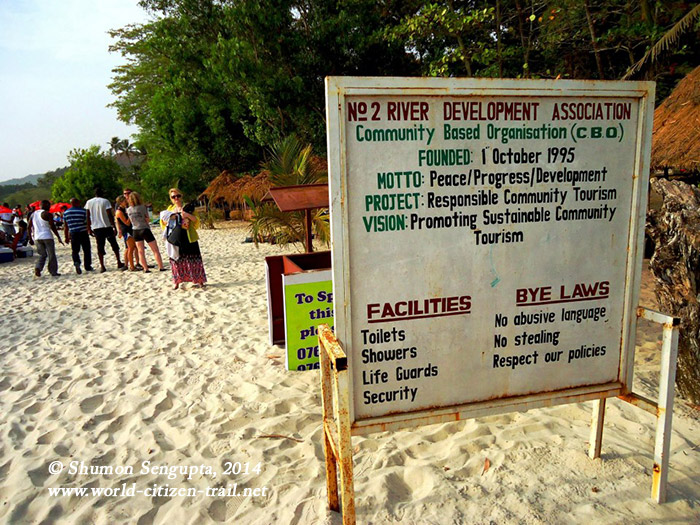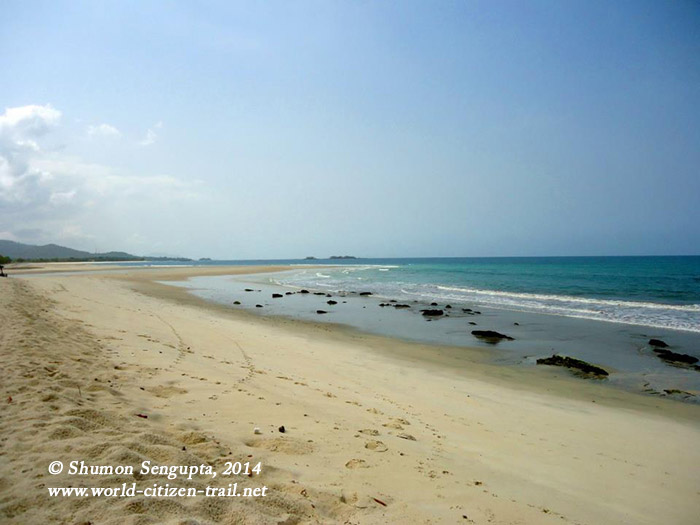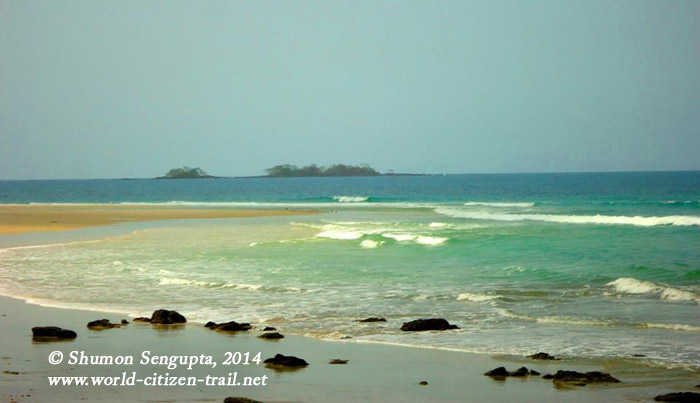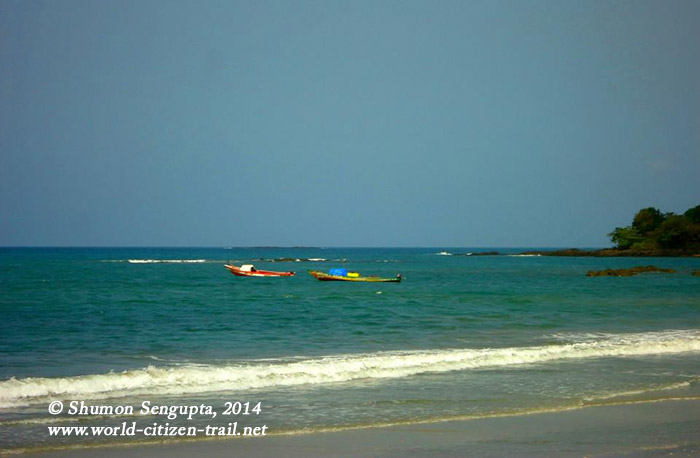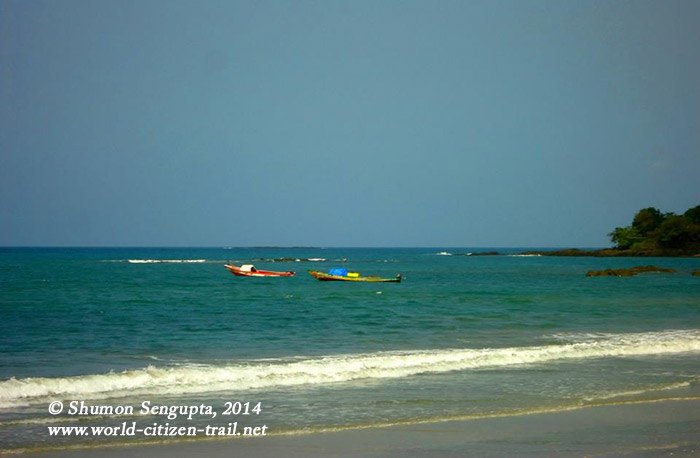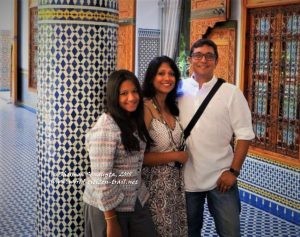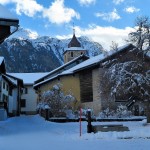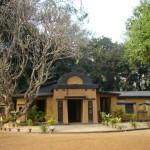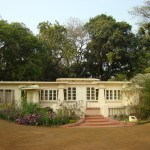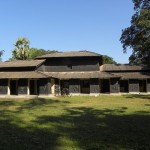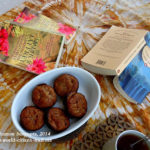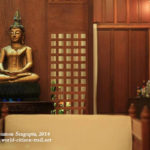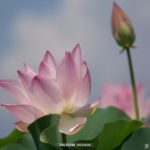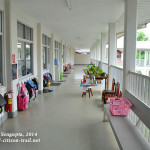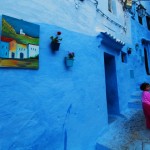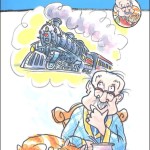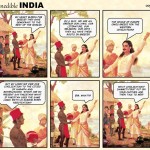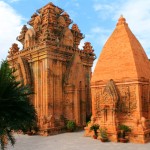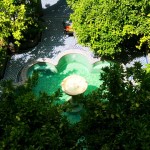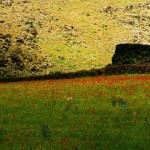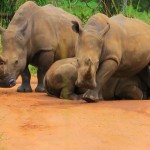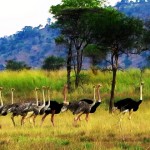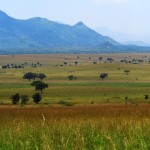For a small country, Sierra Leone is amazing in its sheer physical diversity. Mountains, forests, rivers, scrub land, islands, lagoons and long stretches of pristine sandy beaches – name it and it has it.
In my view, the most spectacular feature of the country is its coastline along the Freetown peninsula. Empty expanses of golden yellow to ivory white sands fringed by hills on one side, rivers and streams descending from the hills, stretches of coconut palm and mango trees lining the sea shores, dugout canoes and colourful fishing boats, fishermen casting nets, small uninhabited islands doting the sea along the shore line and little sea side fishing villages with their fish markets on beach – all combine to conjure images of paradise on earth.
Recently I visited a beach called River No. 2 Beach. It is so called because of a river (by the name No. 2) that meets the sea on this beach. The sands in this beach are white and in places have a powdery texture. With crystal clear, aquamarine and turquoise waters, lapping and crashing waves, colourful country fishing boats, lush green hills in the back drop, a river (named for some unknown reason, River no. 2) meandering through the sands and meeting the sea and a crystal like small lagoon – this beach has a stunning effect on the first time visitor. The shallow lagoon at the mouth of the river as it meets the sea can be waded through during the dry season and beyond the lagoon is yet another long and wide stretch of secluded white sands.
My description of the Beach at River No. 2 will not be complete without a brief mention of a lesson in community development that I gained during my visit.
The beach is managed and maintained by the local community which has organized itself into a community based organization called the ‘River No. 2 Development Association’. This association provides the colourful beach chairs and tables, food (fresh fish, shrimps, lobsters or chicken), beverages and lodging facilities to tourists, charges a nominal visitor fees and parking fee and promotes the practice of responsible tourism. Staffed and run by committed and enthusiastic group of around 40 young women and men, the association represents the nascent tourism industry in Sierra Leone at its best. Given its proximity to Freetown, the weekends are generally very busy with hundreds of tourists and local visitors. The association ensures that despite the load of visitors, the beach is spotless clean. You don’t see plastic or metallic waste anywhere in the beach.
River No. 2 Development Association started in the mid nineties at the height of the decade long and brutal civil war. Towards the end of the war, as the rebels begun to retreat, they left behind a left a trail of destruction, looting and destroying anything worthwhile that came in their path. During this period of rapacious and wanton destruction, the association members buried all the assets they had (generators, engines, crates of drinks, utensils, sign boards etc) and along with many other villagers, took to hiding either deep in the bush on the hills or in boats, out in the sea. After the rebels had gone, members of the association came back to take care of the villagers who could not escape, but were alive and had managed to survive the mayhem of loot, arson, destruction, rape and killings. The Association regrouped, reorganized themselves, begun rebuilding the community.
What amazed me most was that the fact that in a country where democracy is a fairly new phenomenon, the association was been built on strong, locally created institutional mechanisms and democratic foundations. It is made of members from the local villages, has a general executive or leadership group that takes policy and strategic decisions and has its own management team that looks into the day to day operations. Very importantly, based on democratic principles, members elect their president by secret ballot!
As I learnt more about this association, I realized that in many ways, the association represents the best in community action, community ownership and grassroots democracy. The social and economic impact of the association is visible. Apart from promoting eco tourism, the association has contributed to strengthening the local economy, is ensuring that all children in the villages are going to school and a social support system is in place which supports poorer villagers when in need.
My trip to the Beach at River No. 2 not only provided me inroads into the fantastic tourism of Sierra Leone, but also reminded me of what local communities can achieve all by themselves, without any external aid; what local, responsible and sustainable development truly means in practice. It is an excellent example of a local resource, a premium tourist destination in this case, truly benefiting the local community.
